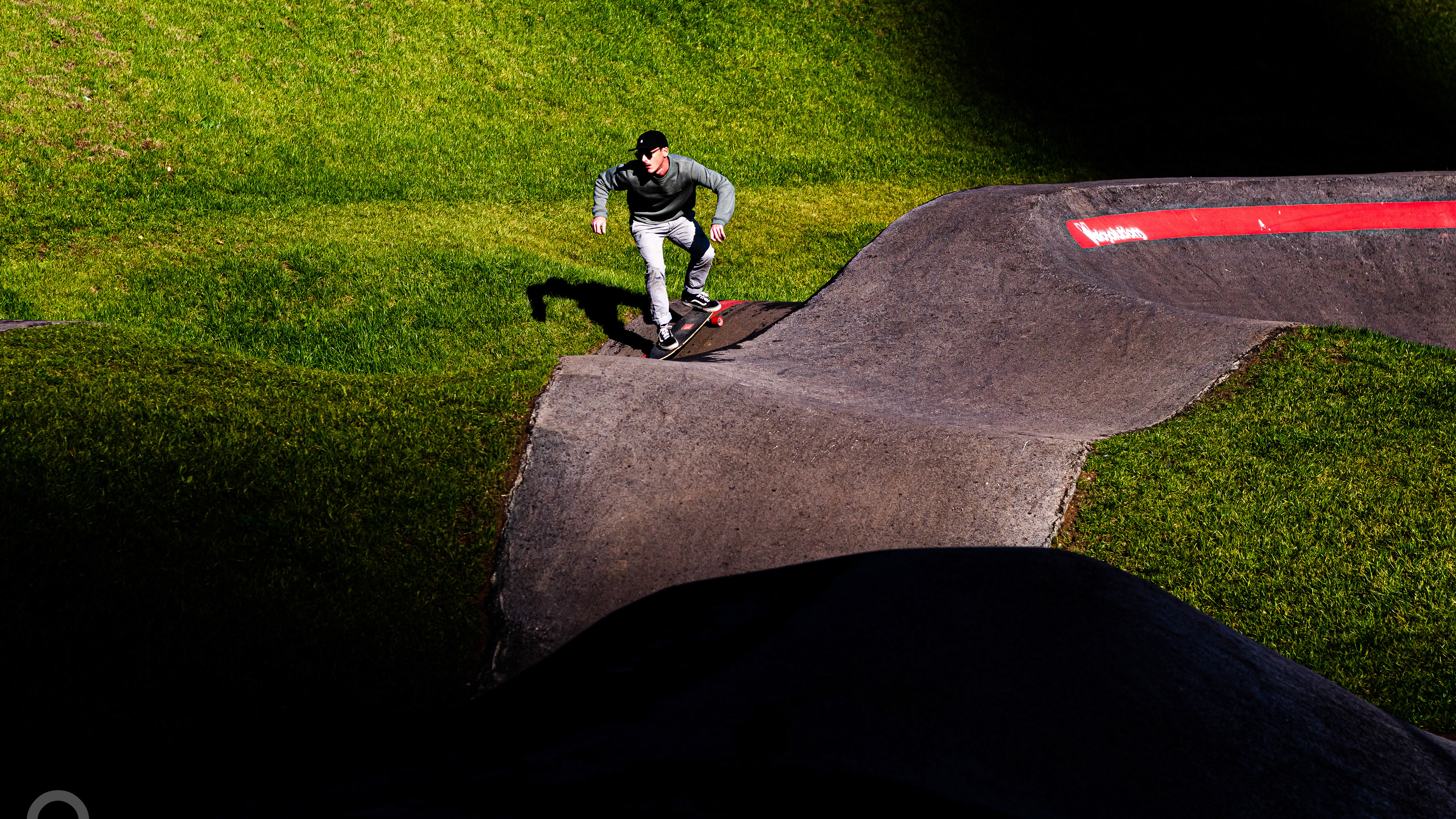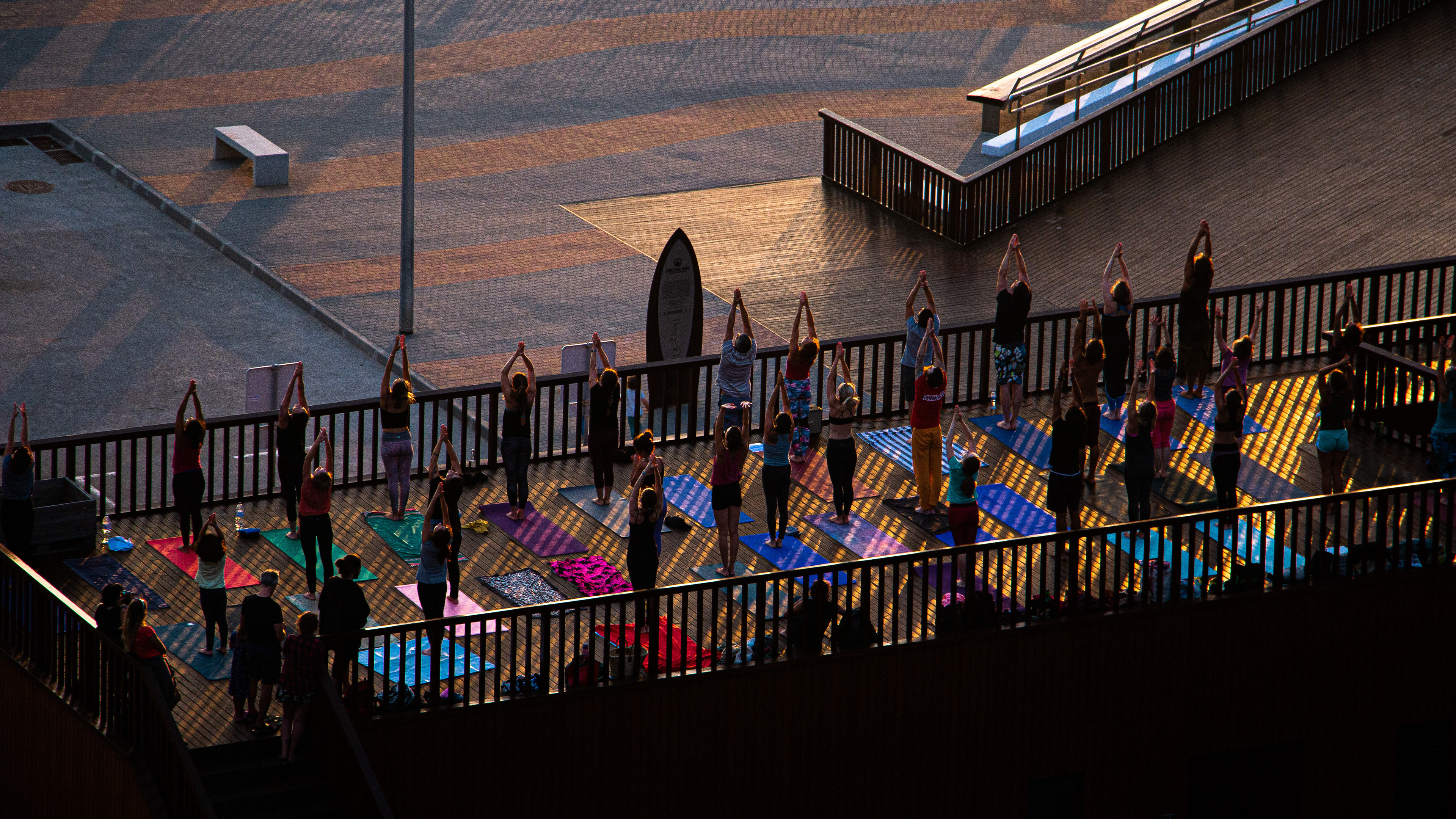At Buondi Sintra Pro 1997, Kelly Slater was knocked out by the Portuguese local surfer and wildcard Ruben Gonzalez. Slater arrived late for his heat after a night out in Lisboa.
This surfing contest was held in Sintra, Portugal, in September 1997, and it was part of the World Championship Tour (now World Surf League).
Back in August 1996, the Portuguese surfer Tiago "Saca" Pires won a surfing competition held in Holland, sponsored by the German brand @Chiemsee.
This brand used to sponsored the mythical surf contest “Pipe Masters”, in Hawaii, and as a result of his victory, “Saca” received a wildcard to compete on the trials, in December.
However things didn´t go according with the initial plan…
On November 21, 1996, Portuguese bodyboarder Dora Gomes (World Vice-Champion, European and National Champion) was awarded by the then Secretary of State for Sport, Miranda Calha with the Medal of Good Services (Medalha de Bons Serviços, in Portuguese).
The Government decided to award Dora Gomes not only for winning the silver medal at the ISA World Surfing Games, in California (USA), but also for her activity of dynamizing the female bodyboard, through meetings held every year. At the same time she continue to attend the Sport Sciences course, at the Human Motricity Faculty of the University of Lisbon.
Following the Billabong International, the Portuguese representative of this Australian brand, Paulo Martins “Pescas”, organized in February 1997 the first “Billabong Challenge”, in Madeira Island. At that time represented a bold new direction in competition surfing competition, with eight surfers on a 20-day waiting period.
The winner of this first edition was Miguel Fortes, following by José Gregório, Miguel Ruivo and Paulo do Bairro. João Antunes, Bruno Charneca, Tiago Oliveira and José Seabra were the other competitors.
Before Frederico Morais and Tiago Pires, there was surfer unanimously considered the best of all time. João Alexandre “Dapin”, from Carcavelos beach, had the guts to chase a surf career, in a period of time where being sponsored meant getting a piece of surfwear.
In order to achieve this goal, he moved to Australia in 1988 (21 years old) to improve his surfing skills. When he came back to Portugal, there was a huge gap between him and his fellow surfers and automatically became a reference among his generation.
Despite the fact he never won the national or even the European league (runner-up in 1991), his performance in the water was an inspiration and motivation for the local crowd. Style, power and radical, three words that can describe his surf.
This award from the TV program “Portugal Radical” summed up his contribution to the sport and its professionalism. The award was given by the former Portuguese Prime-Minister (1981 – 1983) and Chairman of SIC TV channel, Francisco Pinto Balsemão.
In January 1994 the Portuguese bodyboarders Edmundo Veiga (Costa da Caparica) and Goncalo Faria (Praia Grande, Sintra) competed on the Morey Boogie World Bodyboarding Championships, the last contest of the Bodyboarding Tour. Goncalo managed to reach the semi-finals, as so the Hawaiian Mike Stewart (5th place), and left behind athletes such as Lanson Ronquilio and Ben Severson (Haw), Ross Hawke (Aus) and Paulo Esteves (Brazil).
The waves were between 12 and 15ft and the winner was the Brazilian Guilherme Tâmega (also crowned World Champion).
Surprisingly in 1995 Goncalo Faria wasn´t part of the competition and in the video above you can listen his reasons for the exclusion. Instead, bodyboarders João Zamith (Viana do Castelo) and Paulo Costa (Carcavelos) represented Portugal.
“Who should or could be surfing World champion?” That´s the Brazilian podcast “Bóia” question. Among all the participants there is surfer that is unanimously chosen for this title: the Australian Taj Burrow. He was born in 1978 (his parents are both American) and qualified for the World Tour at the age of 18 years. However a year earlier (1997) he earned a place on the World Tour and gave up for being too young to do the tour in full. According with Julio Adler, Burrow decided to finish his studies first.
In 1996, during the World Qualifying Series (WQS) in Europe, he was considered the “new kid in the block”, winning the Headwork Cherry Coke Surf Festival (Fristal Beach, UK) and 2nd place on Buondi Pro (Praia do Atlântico, Miramar, Portugal). At the O´neill Buondi Pro (Ericeira, Portugal) he was eliminated on the round of 16.
This video was inspired by “Bóia” podcast nº70.
Music: Vanusa “What to do”
In 1995, Darin Pappas (often known simply as Ithaka) joined Zé Seabra and João Valente for a surftrip in Madeira Island. At that time, the Portuguese island was starting to be the next candy store for surf and on this surftrip the waves were pumping almost everyday.
Pappas was so impressed by Seabra´s performance on big waves, that he decided to write a song dedicated to him. The song was released in 1997, as the first single from his second studio album “Stellafly”.
In the end of this surftrip Zé Seabra offered a surfboard to Orlando Mendes Pereira and his friends and informally founded the “Surf Clube Jardim do Mar”.
In the 90´s and before Beachcam, a revolutionary concept about surf report came up via landline phone: Disk Surf.
This system was developed by the Brazilian Rony Carrari in 1992, the first of its kind in Europe. The phone number became popular among the surfing community and as a result, the line was constantly busy.
To solve this problem, Carrari pull together with the former Portuguese telecommunications company “Telefones de Lisboa e Porto, E.P (TLP) and in 1995 the surf report was updated twice a day.
Special mention to Radio Marginal (a former pirate radio station from Parede, Cascais) and their radio programmes: “Surf FM” and “Surf em Linha”(1993), and “Rock City – Surf Report” (1996). The former was created by Barreto´s brothers, the latter was sponsored by Rock City (popular downtown nightspot in Lisboa).
The three Portuguese surfers (in order of appearance): Marcos Anastácio, José Gregório and Paulo do Bairro.
Music: Heliocentric World - Where´s you love been
Those who are familiar with surfing competition know that Pat O'Connell is the current World Surf League (WSL) Commissioner. In the past he took one of the lead roles in Bruce Brown's remake of his 1966 classic “The Endless Summer.” He was also one of the stars of Taylor Steele’s iconic 1992 film “Momentum”.
In the video above, we can see how cherished he was by the Portuguese local crowd. But not everything was bed of roses, specially on his first time surfing in Coxos, Ericeira.
Competitively talking, Pat O´Connell managed always to reach the finals (WQS) in Portugal:
4th Buondi O´neill Pro (Ericeira, 1994);
1st Figueira Pro (Figueira da Foz, 1995);
2nd Buondi O´neill Pro (Ericeira, 1996).
Patricia Lopes was the first Portuguese surfer (male and female) to compete full-time on the World Tour. She was Top 16 twice, in 1992 and 1994.
In Portugal she was 11-time national champion (1995 and 1997-2006) and Women´s surf Masters champion (2017). She was also Vice-European champion.
In this short TV story she explains how it all started and her passion about big waves.
Rodrigo Herédia, from Carcavelos, and the Portuguese beer brand “Sagres” signed in 1995 an unprecedented contract.
Young, good-looking, along his surfing performances, made him a role model. The sponsorship included a Jeep (Toyota Rav4) and prize money according with his competitive results.
This sponsorship is part of a campaign “A Nossa Seleção” (in English “Our National Team) with members of different personalities from Portuguese society such as football players (Fernando Couto, Paulo Sousa, Jorge Costa) top models (Sofia Aparicio, Carla Caldeira, Maria Borges) and Formula 3000 driver (Pedro Couceiro).
The video below is part of the Portuguese surf movie "Miradouro Sagres", featuring Rodrigo Herédia, Marcos Anastácio, João Alexandre “Dapin”, José Gregório, Jó Bento, André Pedroso and Miguel Fortes.
The movie was co-produced by Publisurf/ Quevideo for Central de Cervejas.
In "The Dan Patrick Show", Kelly Slater tell us about stalkers in France.
“I had a stalker years ago in France (...) she was sleeping in front of our hotel room and writing all over the walls of the hotel in lipstick.”
Tom Curren is unarguably considered one of the most influential surfers of all time. After his 3rd world title in 1990, he retired from surfing competitions. However at the 31 years of age, he gave competitive surfing a try and choose Portugal for his comeback. The O´neill Buondi Pro 1995 was the chosen one but he was eliminated on the 3rd round of trials.
Nos anos 90 a rivalidade no surf cingia-se a dois grandes pólos: linha de Cascais e Costa da Caparica. Estas duas zonas da Grande Lisboa foram e continuam a ser uma fábrica de campeões e neste vídeo podemos ver dois surfistas que a representam: João Antunes da Caparica e Marcos Anastácio de Carcavelos.
Como diria o apresentador do programa “Sem Limites”, Miguel Torrão “dentro e fora de água houve sempre alguns picanços. Nada valorizam os atletas e o surf em geral.” Será?
Até 1990 o circuito europeu de surf era aberto a estrangeiros. Em 1991 ,dividiu-se em duas divisões: open e europeia, promovendo um primeiro circuito exclusivo para surfistas europeus, até 2001.
O circuito EPSA (European Professional Surfing Association) tinha como etapa inaugural a prova de Tapia, no norte de Espanha. Geralmente com ondas fracas, era tradição a presença de imenso público e as noitadas.
O vídeo abaixo revela o ambiente vivido nesta pequena localidade espanhola, com uma pequena grande ajuda do último “live” do Angels Surf School “Encher chouriços”, com Alvaro da Polen Surfboards.
Enjoy this blast from the past.
In 1995 the European Professional Bodyboard Association (EPBA) started with three contests. The video above shows the second one, in Supertubos, Peniche, with only 47 bodyboarders. During the first day, the waves were pumping 9 to 10 feet, but the conditions weren´t that great because it was only close-outs. The event organizers moved the contest to Praia da Almagreira, however French bodyboarders such as Nicolas Capdeville and Max Marianne were totally against this decision and gave up.
Figueira da Foz, in Portugal, is a very well-known town for its perfect waves. Cabedelo and Buarcos (with three different spots) are two of the most famous surf breaks. During the '70s, this little town was part of the European surf route for many Australians and North Americans, starting their journey in the UK (London) and driving down to France (August), Spain (September),Portugal (September/ October) and ending up in Morocco (winter season).
In 1996, Figueira da Foz first held a Championship Tour (CT) event in Portugal. However, this option was highly influenced by the surfer´s feedback during the World Qualifying Series (WQS) event in 1995, in this same town. As you can see in the video above, everyone was impressed by the quality of the waves. The Event Chief Organizer, Fernando Eloy, summed up the first three editions.
The event was part of the CT in 1996, 1997, 2000, and 2002 (canceled in round 3, with no swell). In 2001 and for safety reasons, was canceled due to the 9/11 attacks in New York, USA.
The event was part of the CT in 1996, 1997, 2000, and 2002 (canceled in round 3, with no swell). In 2001 and for safety reasons, the World Surf League (then called Association of Surfing Professionals – ASP) canceled this event due to the 9/11 attacks in New York, USA.
In 1994, Jorge Sampaio was Mayor of Lisbon (Câmara Municipal de Lisboa). In this video he gives his opinion about the SIC program from the 90s “Portugal Radical” and the sports that were featured in this same program (Surf, Bodyboard, Skate, Mountain Biking, Windsurfing, etc). The interview took place during a skateboard demonstration on Avenida 24 de Julho (Lisbon), as part of the CML project “Contigo Vais Longe”, young people and the city.
Ps. This post was released in the same day of Sampaio´s death (10th September 2021)
Interview´s translation
Jorge Sampaio: Portugal Radical is a good tv programme.
Interviewer: Did you already watch "Portugal Radical"?
Jorge Sampaio: Once.
Interviewer: Did you like it?
Jorge Sampaio: It was fun.
Interviewer: What did you like the most?
Jorge Sampaio: I think nowadays it is important the spontaneity and variety... the people can express themselves without any
control. That's what we need.
To understand the unique style of Algarvian surfers, we need to know where all the inspiration came from. Alexandre Marques “Xana”, from Praia da Luz (Lagos) was a charismatic surfer that unfortunately is not among us. His surfing approach and style inspire the young generation such as Alex Botelho, Marlon and Melvin Lipke, João Mealha, Joackin and Luca Guichard ,Leo Belime, etc. In the end of the video, the interview was taken during a WQS contest (1994), in Ericeira.
Ps. This post was inspired by Brek´s article at Surftotal web portal, praising other Algarvian surfer, José Magalhães, AKA Zé dos Cães.
The surfing´s judgment in Portugal during the 90´s was a big issue and former competitor José Gregório showed his dissatisfaction. The head judge João Cortez recognises the problem and Nuno Jonet (speaker event) highlights three characteristics that every judge should have.
The O'Neill Surf Academy toured Europe in 1997. Praia Grande, in Sintra, Portugal, was one of spots and the surfers Richard Smith and Robert Wingnut were the main surf instructors.
The competition started in the 90´s as a way of celebration of brand´s mountain/wave philosophy. Surfers like Gary Elkerton, Ross Clarke-Jones or windsurfer Robby Naish used to compete in Anglet´s waves and then went up the hill to La Mongie in the Pyrenees. Later, Quicksilver added skateboarding, setting up a custom built skate in Biarritz and the Pyrenees were swapped for the Alps.
Inspired by "Circuito Mirim" in Brazil, it all started in 1993 to boost the future of Portuguese surfing. The brand Lightning Bolt managed to organize a surfing competition for the young generation, known as Generation Lightning Bolt.
André Pedroso, the big wave rider João Macedo, the former WCT competitor Tiago Pires, the Portuguese National Coach David Raimundo, the current President of Associação Nacional de Surfistas (ANS), Francisco Rodrigues, among others, were part of this generation, that allow them to improve their surfing skills, competitively talking.
The video covers the period between 1994 and 1996.
Tiago Pires "Saca" was a prominent Portuguese surfer and was unanimously considered the leader of the new generation. His talent did not go unnoticed, and the junior circuit was an indication of what could come next.
Saca was aware of its potential and, in order to get more competitive, made a request to the Lightning Bolt circuit directors to move from the under-16 to the under-18 division, which was denied.
To prove them wrong, two weeks later Tiago reach the final during the National Open Circuit, beating Portuguese surfing heavyweight competitors. In order of appearance Luis Reis (Ericeira Surf Clube) Vinicius Pereira (Contest Director) Pedro Laranjeira (Federação Portuguesa de Surf) .










